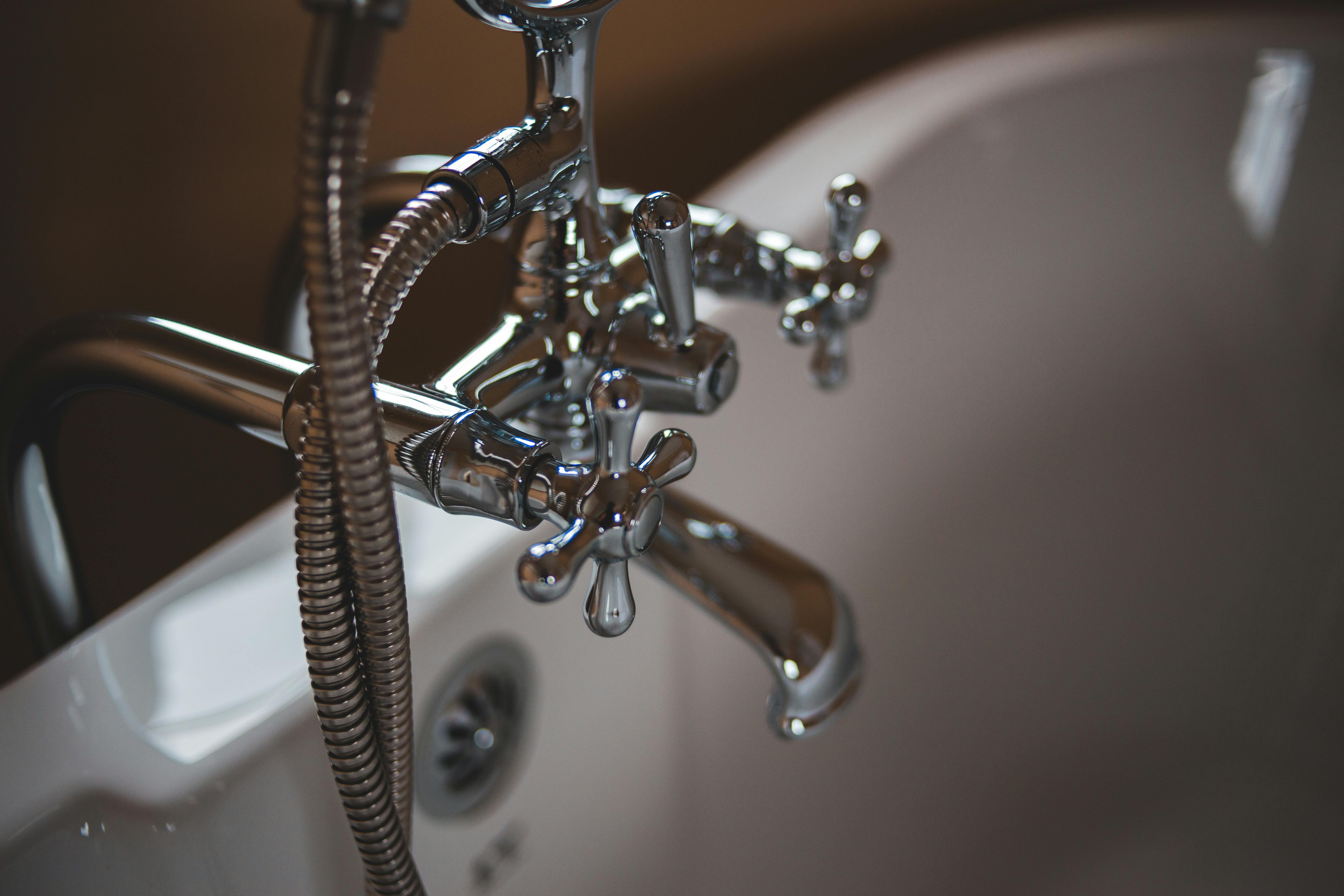
Welcome to the fascinating world of plumbing, where the intricate network of pipes and fixtures plays a crucial role in our daily lives. Plumbing is an essential aspect of any building, enabling the flow of water for drinking, sanitation, heating, and more. From residential homes to commercial buildings, plumbing systems are fundamental to our comfort and well-being.
The profession of a plumber requires a combination of skill, precision, and knowledge to install, maintain, and repair these complex systems. Without proper plumbing, we would struggle to access clean water, enjoy hot showers, or even flush a toilet. In this article, we will delve into the inner workings of plumbing, exploring its history, importance, and the advancements shaping the industry today. Join us on this journey through the world of pipes and fixtures to gain a deeper appreciation for the unsung heroes keeping our water flowing smoothly.
History of Plumbing
Plumbing dates back to ancient civilizations such as the Indus Valley and Mesopotamia, where early forms of plumbing systems were developed to provide clean water and remove waste. The Romans made significant advancements in plumbing with their aqueducts, public baths, and sewer systems. However, the fall of the Roman Empire led to a decline in plumbing practices during the Middle Ages.
During the Renaissance, plumbing saw a revival as people began to recognize the importance of sanitation and hygiene. The invention of the flush toilet in the 16th century by Sir John Harrington further revolutionized plumbing systems. This period also marked the use of lead pipes, which, while effective, later raised health concerns.
The Industrial Revolution brought about mass urbanization, leading to the need for more sophisticated plumbing systems. The development of pipe materials like cast iron and galvanized steel allowed for the expansion of water supply networks. With the advent of modern plumbing codes and regulations in the 20th century, plumbing systems became standardized for safety and efficiency.
Types of Plumbing Systems
When it comes to plumbing systems, there are mainly two types that are commonly used in buildings: potable water systems and drainage systems. Potable water systems are responsible for supplying clean and safe drinking water to various fixtures in a building, while drainage systems are in place to remove wastewater and sewage efficiently.
Potable water systems typically consist of pipes made from materials such as copper, PVC, or PEX, which transport water from the main supply line to sinks, showers, toilets, and other water outlets within a structure. These systems are essential for ensuring that occupants have access to clean water for drinking, cooking, and bathing.
On the other hand, drainage systems are designed to remove used water and waste from the building safely. These systems include pipes that carry wastewater away from the building and into the municipal sewer system or a septic tank for treatment. Properly functioning drainage systems are crucial for maintaining hygiene and preventing water damage within a property.
Common Plumbing Issues
Leaky faucets: One of the most common plumbing issues homeowners face is a leaky faucet. This can be caused by worn-out washers or seals within the faucet, leading to dripping water and potential water wastage.
Clogged drains: Another prevalent plumbing issue is clogged drains, which can occur in sinks, showers, and toilets. These blockages are often caused by a buildup of hair, soap scum, food particles, or other debris in the pipes.
Black Bathroom Faucet With Swivel Spout
Running toilets: A running toilet is a common plumbing problem that can waste a significant amount of water if left unrepaired. This issue is often due to a faulty flapper valve or fill valve, causing the toilet to continuously run and refill even when not in use.


